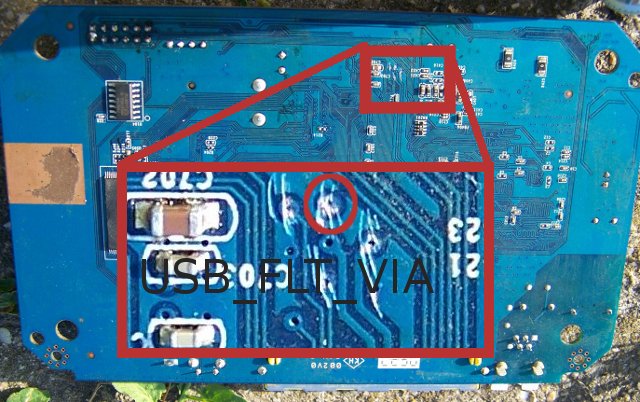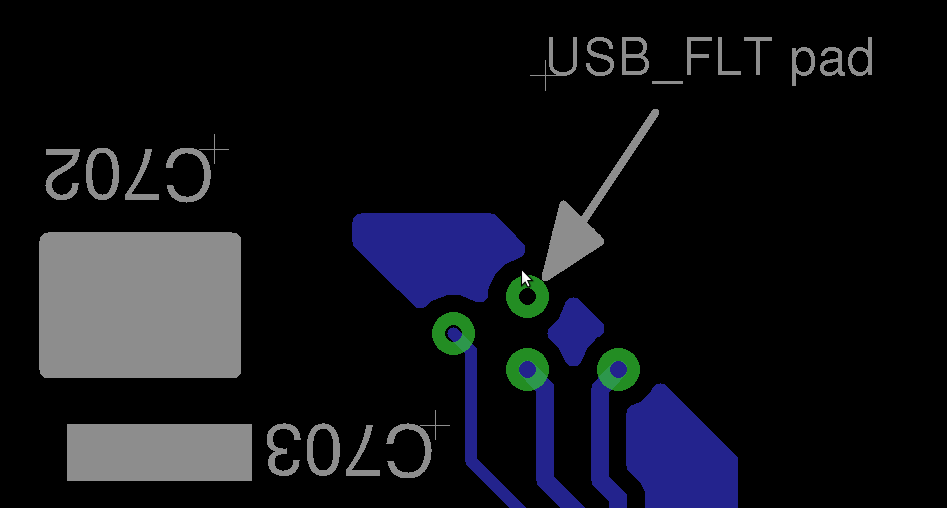Today I have managed to create an input plugin for the Mjpg streamer which grabs the JPG frames from my Asus Mimic CX200 IP camera trough it's properitary protocoll.
Q: Ok but what is it good for?
A: Originally this camera was purcashed by my father for survillance purposes. But the quality of the supported softwares, made it unusable to it. The client software could only record to AVI which means the PC have to deconvert the JPG frames, and compress them to the video format. With two cameras it was a challange for his old AMD Duron config. I am going to write a survillance output plugin to the mjpg-streamer which will allows to control the input plugins and the output_file plugin configuration in a comfortable way.

I send my greetings to all developers at the Megatec for their bullshit products.
Q: Ok but what is it good for?
A: Originally this camera was purcashed by my father for survillance purposes. But the quality of the supported softwares, made it unusable to it. The client software could only record to AVI which means the PC have to deconvert the JPG frames, and compress them to the video format. With two cameras it was a challange for his old AMD Duron config. I am going to write a survillance output plugin to the mjpg-streamer which will allows to control the input plugins and the output_file plugin configuration in a comfortable way.

I send my greetings to all developers at the Megatec for their bullshit products.












